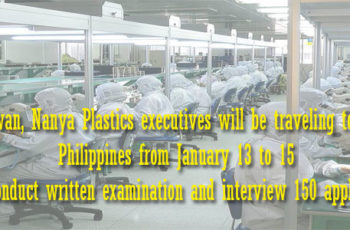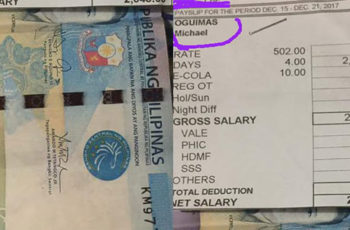A United Nations official said that governments must give migrant laborers the same benefits and social protections they give their own citizens.
Around 41% of the 232 million migrants in the world come from the Asia-Pacific region, according to the UN’s Asia-Pacific Migration Report 2015 launched in Bangkok.
Hongjoo Hahm, deputy executive secretary of the UN’s development arm for Asia and the Pacific, said migrants make significant contributions to GDP growth in host countries. In 2015, migrants sent home about $435 billion in remittances to the Asia-Pacific region.
Despite the huge contributions, many migrants face abuses, from recruitment agencies and job brokers at home to exploitative employers, officials and police abroad.
Hahm said the governments of host countries are responsible for the migrants’ domestic, regional, and inter-country discussions to create the policies and conditions necessary for safe migration. He added that providing social protection for the migrants benefits the national economy due to increase of productivity.
Origin countries must create a system for orderly and structured migration.
The region’s top country of origin for migrants in 2013 was India, with 14 million migrants leaving the country. The top destination in that region was Russia, with 11 million migrant arrivals.
Hahm cited the Philippines, which sends about 2 million citizens abroad every year, as a country that helps migrants as they prepare to go abroad, as well as helps migrants adjust to life back home when they return.






